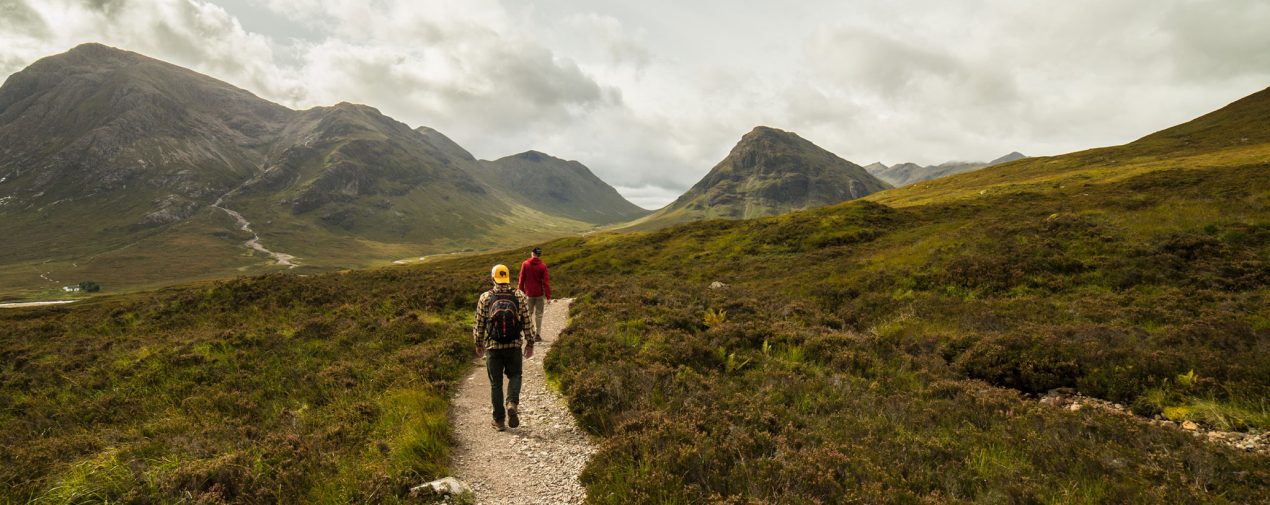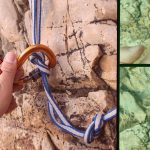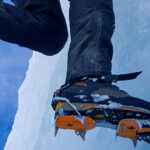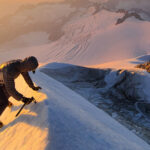A New “Sport” to Add to the Mix?
Summer is here and that means the days are getting longer and the birds are coming back from a long winter away. Chances are you have heard some chirping in the branches above you during your dawn patrol or afternoon climbing session, but you have no real idea what birds they are. If you are looking to impress your friends with your in-depth knowledge and connection with nature, identifying birds on the fly can be the perfect way to do so. Or maybe you are just trying to get closer with your grandparents, either way becoming a bird nerd is a worthwhile investment.
Birdwatching though? “I already have so many other outdoor hobbies, when will I find time to add another that seems so niche?” That’s the true beauty of birdwatching! You can add it into your other outdoor adventures for extra excitement at zero additional cost. It’s just another fun thing to do in addition to shredding that slope, climbing that pitch, or paddling that rapid. Birders will keep a “Life List” of all the different bird species they have seen and identified, and adding this into your adventures can mean even the dreariest day of bailing from an objective can have a potential bright spot when you see a rare bird on the way out.

Birdman Brags
To start with a little ethos building, I have been an open bird nerd since I was around 4 years old, when my mom signed me up to help identify birds in my backyard as part of a species census program. I’ve since amassed a small library of bird books and slightly encyclopedic ability to recognize birds flying about. Don’t worry, I can brag openly about this skill because no one feels threatened or insecure regarding their proficiency in a hobby primarily populated by retirees. In any case, I have picked up some new tricks recently to make this fun add on activity even easier for the budding birder!

Beginner Birder Tools
For those looking to stretch their knowledge, I would start out by purchasing a local bird guidebook. In virtually all of Canada and the USA, the Sibley’s Field Guide to Birds is the bread and butter option for birding books, and will quickly become your birding bible. With a field guide like this you can easily flip through pages to match up the photographic or mental image of a bird you saw with it’s identity and add it to your collection. Really the whole thing is just Pokemon-Go in the real world. Struggling through correctly identifying the birds in the book is half the fun, and will really improve your on-the-fly identification skills a lot more than the next resource.

For a secondary resource, the Merlin app developed by the Cornell Lab is your easy step to identifying birds. I recommend this second because, much like GPS has dulled our ability to drive anywhere without staring at a screen, this app will spoon feed you so well that you won’t learn all the little intricacies of bird spotting. I wouldn’t shame anyone for using the app; it is terribly useful, especially with its birdcall identifying feature, but taking the hard road every once and a while will teach you a lot more about the natural, fascinating world around you.
The last little tool I would recommend for the budding birder is a small set of binoculars or spotting scope. This isn’t the most useful tool in my opinion, since little birds are often flitting around so fast inside a bush you can’t get a clear look at them, but binos are a fun little gadget that really remind one about the childlike wonder of nature. Plus, think how cool you will look in front of all your friends when you pull out a pair to “glass” a ski line across the valley, or spot an eagle in a tree.
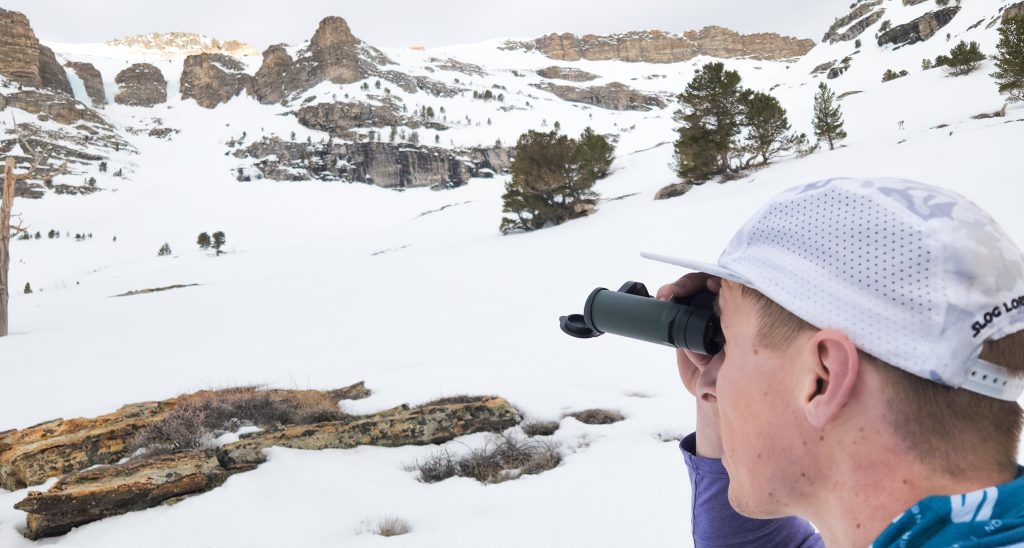
To answer the common question of, “when and where can I spot a bird”, the best answer I can give you is to use the resources you have to figure that out yourself. If you really start hunting down specific species you can have some good fun with the thrill of the chase, but the parameters of your search will vary greatly depending on what bird you are looking for, what time of year it is, and what locations you have access to.
Final Flap of Encouragement
Some of my favorite bird sightings have been deep in the backcountry. High on the list were a pair of common loons spotted while canoeing Bearpaw Bay on Jackson Lake, WY. While normally common in northern latitudes, there is an isolated enclave of the birds down in Wyoming, with the pair I saw being 2 of an estimated 40 in the state. Another favorite was a pair of rough-legged hawks spotted near their winter home while skiing Mt Washington, OR. These birds send most of their lives in the arctic and subarctic, so it was great to see them down South.

For anyone involved in outdoor sports, adding birdwatching into your activity is an easy bonus to get more in touch with the nature around you. Skiers can look for Clark’s nutcrackers laughing between the firs, boaters can look for mergansers darting along the water, and climbers or bikers can look for grouse hiding in the sagebrush. And you really don’t need to be good at identifying birds to start up since searching through your guidebook and making a discovery is where all the fun is. Time to start catching up! After all, most of the cool kids started this mundane little hobby back in the pandemic days, so you have your work cut out for you. “Spend little to no money to add a hobby to my ever expanding resume of outdoor activities? Sign me up!”
About the Gear Tester

Evan Watts
Evan grew up in the small hometown of Boring, Oregon, where he cut his teeth hiking and backpacking in the local Cascades. He now enjoys ice climbing, backcountry skiing, and trail running around in the Western States, and manages to fight off permanent employment despite an environmental engineering degree and perturbed parents.

